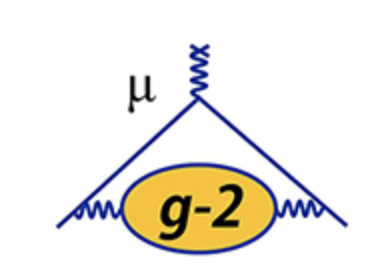Strong hints of new physics at Fermilab
The Muon g-2 Experiment aims to measure the magnetic field generated by the muon, a fat version of the electron which have discussed extensively. The strength of that magnetic field, is parametrized in calculations by the letter g, and its "classically" expected value is 2. Whence "g-2" aims to measure quantum corrections to that tiny magnetic field.
Four Tops at ATLAS!
ATLAS has announced results on searches for events that involve the creation of FOUR top quarks. The top quark is the heaviest of the fundamental particles, each weighing about the same as a gold atom. Heavy particles decay quickly, and noisily, so it's difficult measurement to make.
The Upcoming Muon g-2 Results
There's another experiment about to release data on a very similar type of experiment. Fermilab's muon g-2 experiment should publish their final result on the measurement of the muon's magnetic moment next month
No. Leptoquarks were not "spotted" at the LHC.
Some outlets - like PhysicsWorld - produced headlines that to spin this wonky result evidence for leptoquarks - a hypothetical family of bosons that can convert quarks into leptons and visa versa. Aside from lacking the statistical power to claim a discovery, this statement is just downright false.
b-quarks and tension in the Standard Model
The tantalizing result published this week is an imbalance just how those b-quarks decay. In some reactions, the standard model predicts no appreciable difference between decays to taus, muons or electrons, (energies not withstanding). Yet LHCb has observed evidence for a difference in rate of these reactions as the b-quarks decay to muons versus electrons.





